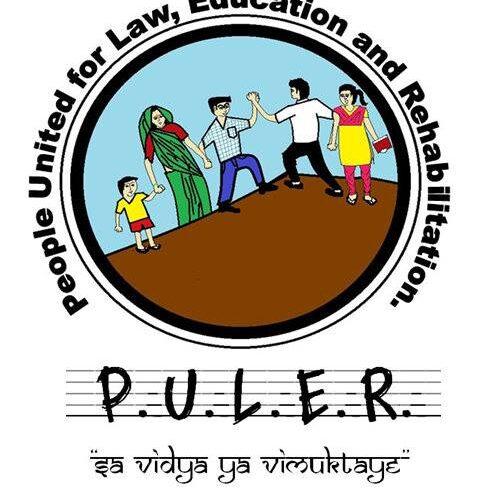In a recent judgment, the Supreme Court of India addressed the complex issue of the circulation and viewing of child pornography, alongside its decision on a Public Interest Litigation (PIL) regarding the distribution of explicit content on social media. A bench led by Chief Justice of India D Y Chandrachud, with Justices J B Pardiwala and Vikram Nath, provided critical insights into the legal nuances of these activities, particularly in light of a controversial decision by the Madras High Court.
The Madras High Court had earlier quashed the criminal case against a 28-year-old man, S Harish, who was prosecuted for downloading and watching pornographic content involving children on his mobile phone. The case was brought under the Protection of Children from Sexual Offences (POCSO) Act, 2012, and the Information Technology Act, 2000. However, the High Court granted relief to Harish, ruling that simply watching child pornography does not constitute an offense under Section 67-B of the IT Act, 2000. According to the court, the law requires that the accused must have published, transmitted, or created material depicting children in sexually explicit acts to be culpable. This decision sparked significant debate and led to an appeal by the NGO Just Right for Children Alliance, which works for the welfare of children, to the Supreme Court.
In the Supreme Court, the bench observed that while merely downloading or watching child pornography might not be an offense under the current legal framework, the use of children in the creation of such content unequivocally constitutes a criminal act. Chief Justice Chandrachud emphasized the importance of intent in these cases, noting that if an individual were to continue watching or distribute such content, it would indeed violate the provisions of the POCSO Act and the IT Act
Harish’s defense hinged on the argument that the content was auto-downloaded on WhatsApp, a feature that was beyond his control. Additionally, he pointed out that the clip in question was received in June 2019, prior to the amendment of Section 8 of the POCSO Act in August 2019. The Chief Justice clarified that the key issue lies in the intention to distribute or further circulate such content. Merely receiving a video without intent to distribute does not necessarily violate Section 15 of the POCSO Act, but the situation changes if there is an active intent to distribute.
The National Commission for Protection of Child Rights (NCPCR), represented by Senior Advocate Swarupama Chaturvedi, intervened in the case, underscoring the need to implement and enforce the law effectively. The Supreme Court acknowledged this intervention and requested written submissions to ensure a comprehensive understanding of the legal implications.
These observations by the Supreme Court underscore the delicate balance between the letter of the law and the intent behind actions, particularly in cases involving the exploitation of children. While the Court’s decision in the PIL reflects significant progress in addressing the larger issue of explicit content circulation on social media, it also highlights the ongoing challenges in defining and enforcing legal standards around child pornography. The judgment also brings to light the evolving nature of digital crimes and the necessity for a robust legal framework that can adapt to new technological realities. As intermediaries like WhatsApp and Facebook (Meta) continue to grapple with the implementation of effective measures to prevent the circulation of such content, the judiciary’s role in interpreting and applying the law remains crucial.
The Supreme Court’s closure of the PIL related to the indiscriminate circulation of child pornography and sexual violence videos signals a move towards transferring responsibility for ongoing technical and enforcement issues to the Union government. However, as cases like Harish’s demonstrate, there are still significant legal ambiguities that need to be addressed. The Court’s recognition that substantial issues have been resolved does not diminish the need for continued vigilance and action, both from the government and from civil society organizations working to protect vulnerable populations.
In conclusion, the Supreme Court’s recent actions reflect a concerted effort to balance the need for strict legal enforcement with the complexities of digital age crimes. While substantial progress has been made, the ongoing monitoring and refinement of legal standards will be necessary to ensure that justice is served and that the most vulnerable members of society are adequately protected from exploitation.

Leave a Reply